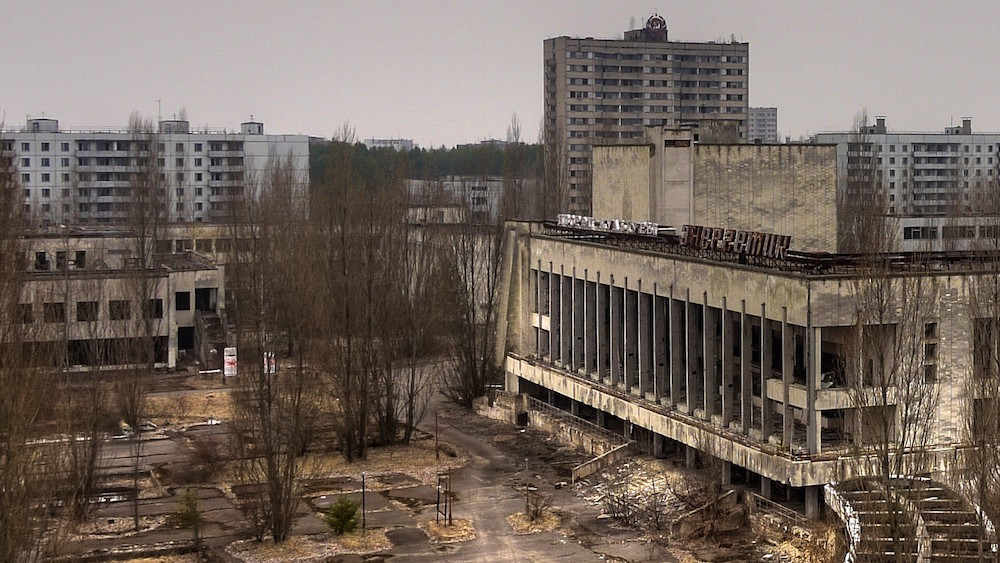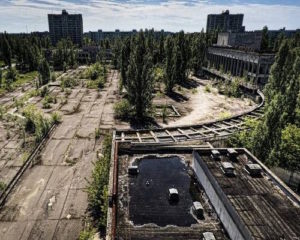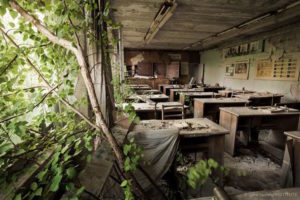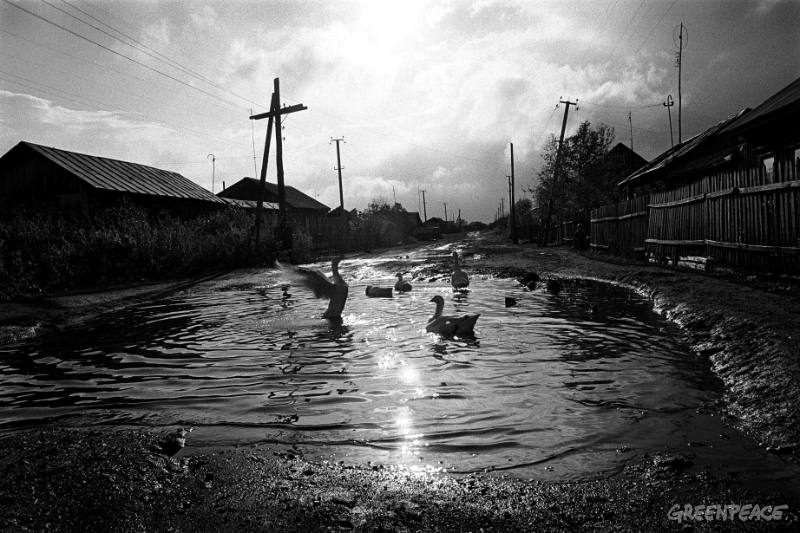The Victorians were a materialistic lot. I should say the middle and upper classes were. The mass of laborers, those in service, and common tradesmen didn’t have much, if anything, and certainly didn’t have much to look forward to. Appalling working conditions were the lot of factory workers and miners. Those in service worked long hours for very little pay. The common tradesmen had the poor for his customers and while he might have been somewhat better off than those he served, it was only somewhat.
So when we speak of the Victorians, we do need to keep in mind we are primarily speaking of the upper end of society. The ones with money. Perhaps not rich, but they did have money and the annual holiday at Brighton.
Richard Jefferies, born in 1848 and died from tuberculosis in 1887, was a writer and a naturalist. He was opposed to the big city and rampant industrialization, both of which he felt destroyed nature and humanity’s relationship with it. One can see this view rather dramatically portrayed in his somewhat mystical autobiography The Story Of My Heart.
In 1885, Cassell and Co, Ltd published After London; or, Wild England. It is and early example of the ecological disaster that destroys civilization as we know it story. The book is also perhaps the first cozy catastrophe.
The novel is divided into two parts. A nameless future historian tells us, in the first part, a great disaster befell England and by implication the world. But in true cozy fashion, the disaster is not dwelt upon nor even described. Humanity was simply gone and nature was now free to move on unfettered and unaltered. No more the plow. No more the woodlands felled for houses, factories, and farms. Nature was once again unhindered, as it was before human beings existed.
Much like the TV series Life After People, the unnamed narrator tells us of the changes that took place “after London ended”. How the remnants of humanity relapsed into a state of barbarism, how the great city of London collapsed in ruins, and how a great lake arose in the center of England.
The narrator tells us “at the eastern extremity the Lake narrows and finally is lost in the vast marshes which cover the site of the ancient London.” The narrator goes on to describe nature’s destruction of the city and how there is nothing left of it. Nothing that is except for the noxious pollution and a vapor so fatal “no animal can endure”. The water over the site is black and is covered by “a greenish-brown floating scum, which for ever bubbles up from the putrid mud of the bottom.” The poisonous vapors form a “miasma” and “it becomes visible as low cloud which hangs over the place.”
We don’t know what killed off the people, but Jefferies paints a clear picture that humanity messed up nature and what people built, though gone, still pollutes the land.
For the Victorians, London was the center of the world. Jefferies was telling his contemporaries their greatest accomplishment was in fact nothing more then a noxious and toxic cesspool. And by extension, he tells us the same message. A simple life in harmony with nature is humanity’s proper home. Not some stinking city, belching forth pollution and reducing humans to a state less than human.
In the second part of the book, the narrator tells us the story of Sir Felix Aquila, the eldest son of a baron who is not especially wealthy.
English society has returned to feudalism. Brawn is favored over brains. And the new focal point is not London, but the vast lake that now exists in the center of England.
Sir Felix is a bookish man in a society that does not value books. He is excellent with the longbow when it is prowess with the sword that gains respect. Sir Felix does not fit in. A theme that is common with the cozy catastrophe. The hero is nothing spectacular, an ordinary joe, and is very often a social outcast.
However, after the catastrophe, the hero suddenly blossoms and becomes the savior, as it were. In Sir Felix’s case, the catastrophe happened long ago and so his blossoming occurs after a trip of exploration on the lake.
After London has all the elements of the cozy catastrophe. In particular, it’s message: we, our materialism, our disregard for nature, brought about the catastrophe. Yet it is the very destruction of our world that provides the hope we can do it right the second time around.
I didn’t find After London a particularly enjoyable read. The omniscient narrator seemed to suck the life out of the story. I found the book rather boring. Nevertheless, we find in After London the progenitor of a science fiction sub-genre that came into its own some sixty-five years later.
And for me what is most important about After London is that it’s not about some white middle-class Englishmen sitting around having tea and crumpets celebrating the demise of the working class. Which is what the detractors of the cozy seem to think is the point of the sub-genre. The book is an exploration of our abuse of nature and what might happen if that abuse ended. The book is a celebration of brains over brawn. A celebration of the social outcast, the wallflower, who, when the time is right, shows the world he or she can indeed dance the tango. The book celebrates the little guy and gal and tells us that salvation does not reside in some monolithic governmental authority, but in ordinary people.
Most of all, After London is a novel of hope, as are almost all cozy catastrophes. The world is not a dark and miserable dystopia. The catastrophe unleashes human potential, makes possible our dream of a better world. Richard Jefferies made that message key in After London — and it still defines the cozy catastrophe some 130 years later.
We will continue our examination of the literature next week. Until then, happy reading!




